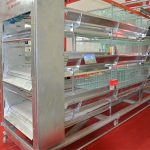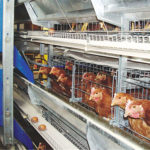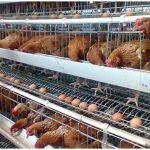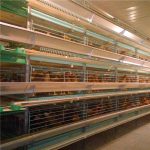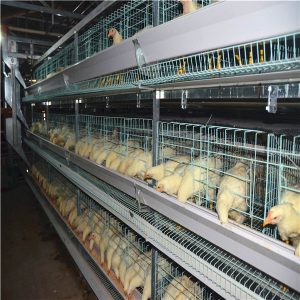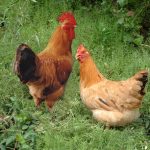In the case of large-scale farming of chickens, there will be a large amount of chicken manure. How should this be handled?
We know that there are two ways to deal with chicken manure. One is the scraping type of manure. In the past, many farmers used it in production, but there are also many problems in the application. It must be summarized and improved to adapt to mechanized and large-scale chicken development. Need. The second is the track debride.

First, the drawbacks of the scraper-type clearing manure: the slower scraping of the manure will cause an instantaneous change in the environment inside the house. The normal scraper walks 2m~3m per minute. If the following conditions are encountered, the scraping time will be longer: the chicken house is too long; the nylon rope is too thin; the nylon rope is too loose; the nylon rope is wet; the reducer wheel groove wears wide; The board is too light; the manure is not straight and uneven. It will lead to a double increase in the time of decontamination, and the return of harmful gases such as ammonia gas will be severe, and the temperature and humidity in the house will change greatly in an instant. Some chicken manure is not well handled and there will be residues that cause harmful gases to exceed the standard.
Second, the advantages of the track clearing:
The crawler decontamination method is mostly used in high-density stacked cages, and is also suitable for chicken manure treatment in the step-type mechanized cage raising of chickens. The cleanness of the whole cleaning system is high, which can greatly reduce the concentration of harmful gases in the house, reduce the ventilation in the house, reduce the energy consumption and prolong the service life of the fan; thus the temperature of the house is also improved. It reduces the energy consumption of chickens and improves the performance of chickens; chicken manure is relatively dry, easy to handle and deep processing, work efficiency is improved; flies and odors are reduced; civil disputes are reduced, and economic benefits are correspondingly increased inpoultry farming equipment.


